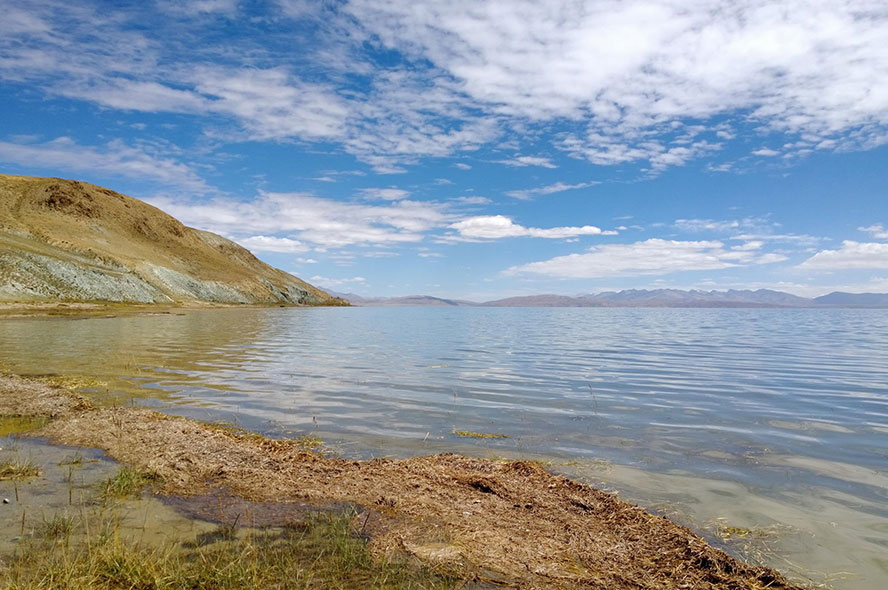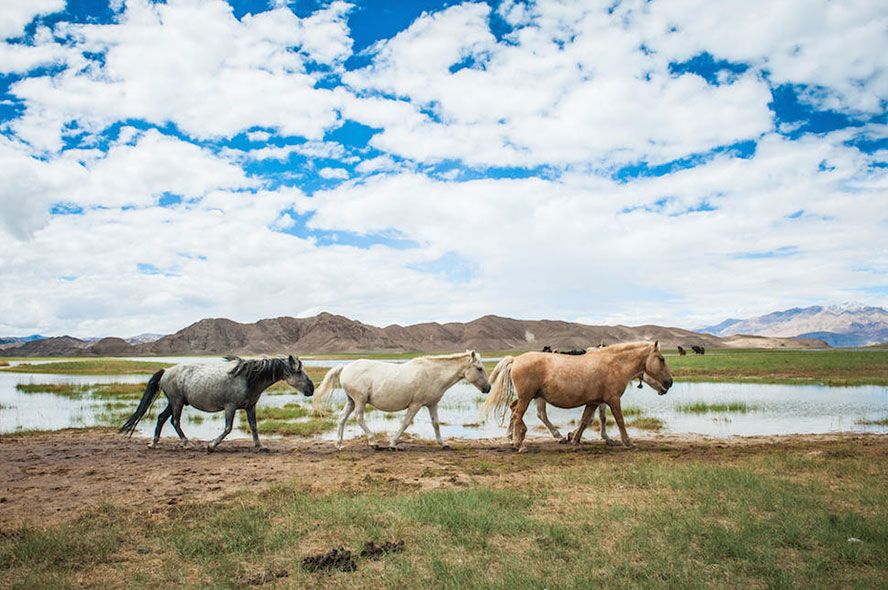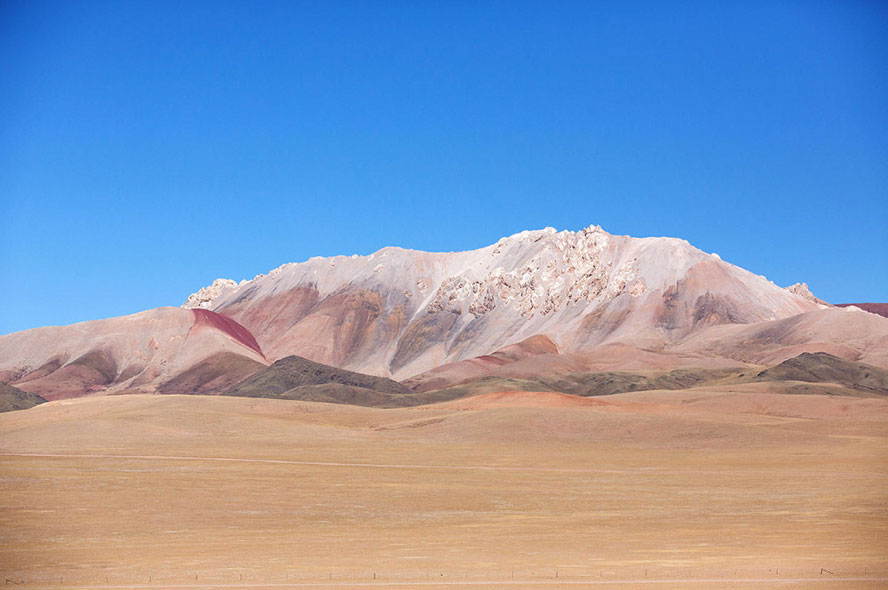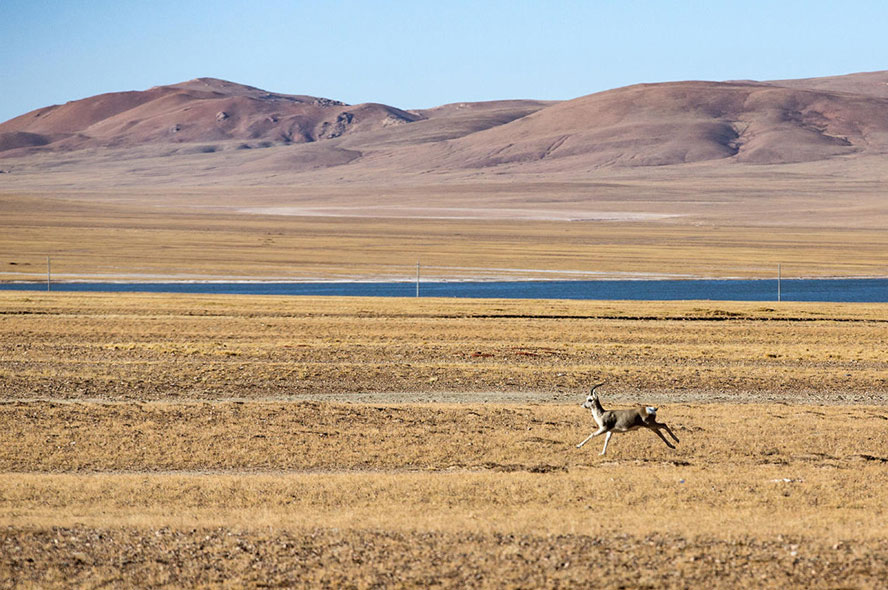- Home
- Tibet Tour Package
- Tibet Train
- Travel Guide infos
- Tibet Nepal Bhutan
Tibet Tour Package
- Join in Tibet Group Tours
- Private Tour Packages
- China Tibet Tour
Most popular Tibet Group Tours
More Tibet Group Tours
- 4-Day Lhasa Join-in Group Tour
- 5 Days Lhasa Pilgrimage Tour to Ganden Monastery & Drak Yerpa
- 5 Days Lhasa-Namtso-Lhasa Group Tour
- 6 Days Lhasa Shigatse Classic Group Tour
- 7 Days Central Tibet Group Tour with Namtso
- 8 Days Nyingchi Lhasa Namtso Tour
- 10 Days Nyingchi EBC Namtso Tour
- 15 Days Mt. Kailash Trekking Tour with Guge Kingdom
Most popular Tibet Private Tours
More Tibet Privat Tours
Most popular China Tibet Tours
More China Tibet Tours
- 10 Days China Historic Tour to Beijing-Xian-Tibet
- 10 Days Chengdu - Xining - Tibet Railway Tour
- 12 Days Beijing-Xian-Lhasa-Shanghai Private Tour
- 12 Days Beijing - Xi'an - Lhasa - Kathmandu Overland Tour
- 13 Days Shanghai - Chengdu - Lhasa - Xian - Beijing Tour by Flight
- 15 Days Beijing - Chengdu - Lhasa - Xian - Zhangjiajie - Shanghai Tour
- 15 Days Shanghai - Guilin - Chengdu - Lhasa - Xian - Beijing Tour
- 17 Days Beijing-Xian-Lhasa-Chengdu-Yangtze River-Shanghai Tour
Tibet Train
- Chongqing to Tibet Train
- Lanzhou to Tibet Train
- Lhasa to Nyingchi Railway
- Lhasa to Shigatse Railway
- Tips for Taking a Train to Tibet
- Qinghai-Tibet Railway
- What to Eat on a Qinghai-Tibet Train
- Oxygen Supply Systems on Qinghai-Tibet Trains
- How to Purchase Train Ticket to Tibet in Peak Season
- Is It Better to Go to or Leave Tibet by Train
Tibet Travel Guide
Tibet Travel Guide
- Tibet Travel Permits
- Tibet weather
- Flights to Tibet
- Get to Tibet from Countries
- Must-Provide Information for Tibet Travel Permit
- Required Documents for Foreigners to Travel to Tibet
- How to Apply for Tibet Travel Permit
- How to Apply for Tibet Travel Permit in China
- Required Documents for a Trip to Mount Everest
- Required Documents for a Trip to Ngari Area
- How to travel to Tibet for International students in China
- How to Apply for Tibet Group Visa in Kathmandu
Tibet Nepal Bhutan
More Tibet Nepal Bhutan







































 Data in submission...
Data in submission...